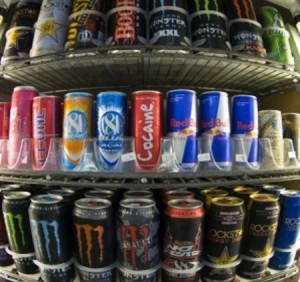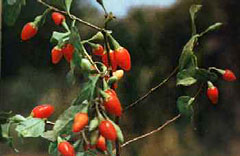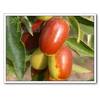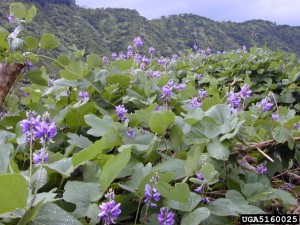
Are you struggling with alcohol abuse? Would you believe an herb (that grows as fast as weeds) could help you cut down your drinking habit? Could this herbal alternative for alcoholics become a reality?
A Chinese herb that has been available for hundreds of years now has a new published study from McLean Hospital and Harvard Medical School found this Chinese herb helps alcohol drinkers reduce their intake. The study was recently published in Drug and Alcohol Dependence.
"It didn't stop the drinking," says researcher David M. Penetar, PhD, assistant professor of psychology, "they still drank, but they drank less."
Kudzu (Pueraria lobata) has been used in Traditional Chinese Medicine and has references dating back to 600 A.D. For the past 1400 years it has an excellent safety record.
Many tout the extract from kudzu, known as puerarin, as a hangover remedy. Best of all, this all natural herbal alternative has no side-effects and if very inexpensive. A weeks supply can cost as little as $6.00
When those in the study treated with puerarin they drank about a beer less than when they were treated with placebo. On average, the men and women drank 3.5 beers after placebo and 2.4 after puerarin.
The National Institute on Alcohol Abuse and Alcoholism funded the study. Even though this study was a small sample size, the study was designed well and the research outcomes validate what many have known for generations. Chinese herbs can provide "Wellness For Centuries."

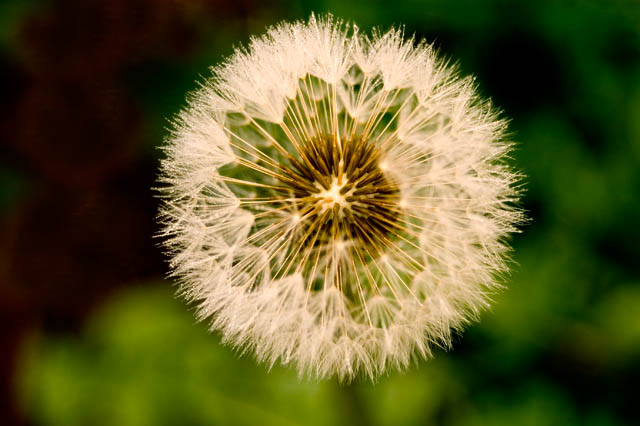 News from the University of New Mexico, the lowly dandelion has been shown effective at fighting breast cancer and prostate cancer. Used for centuries in
News from the University of New Mexico, the lowly dandelion has been shown effective at fighting breast cancer and prostate cancer. Used for centuries in 
